Authors: Amal El-Mohtar and Max Gladstone
Genre: Adult Fiction
Reviewed by: Heather
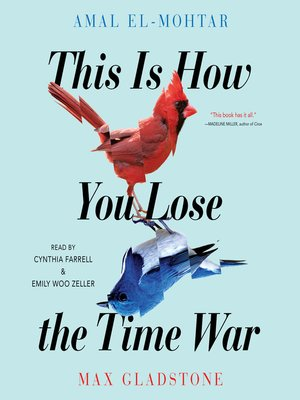
This is a difficult book to review because it’s honestly a difficult book to describe. If you haven’t read it yet, I’m going to try my best to summarize but I don’t feel like I could entirely do it justice, so apologies in advance.
The story follows two characters, Red and Blue, who are agents working on opposite sides of the time war. “What is the time war, exactly?†I hear you ask. Well, to put it bluntly, I have no idea. It involves many people, many places, many times. It obviously involves quite a lot of time travel but, before you ask, I don’t know how that works either. It involves laboriously laid-out plans, the occasional murder, complex technology, some serious patience, and, in the case of Red and Blue, a splash of romance. Blue works on behalf of Garden, a society where all are interconnected with their environment, while Red on the other hand is an agent of the Agency, an extremely technologically advanced society, where citizens have complex technological implants and no longer even need to eat. Their work often brings them into close proximity, and they begin to recognize each other’s work even though they previously have never had direct contact. The story begins when Blue decides to initiate contact with Red by leaving a hidden letter for her to find, curiously labeled “burn before readingâ€, and kickstarting their beautiful love story.
Although quite a lot is packed into it, this is a surprisingly short book, with only 198 pages. It follows a structured pattern, alternating back and forth between the perspective of both Red and Blue, with the narrator switching after each letter is found and read. The sections from Red’s point of view were written by Max Gladstone, whereas the sections from Blue’s point of view were written by Amal El-Mohtar, and the two make a fantastic team, with their writing flowing seamlessly throughout the story despite this divide of labour.
Despite never quite managing to fully come to grips with the origins of the time war itself, or indeed its warring factions, I don’t actually consider this a fault of the writing. Quite the opposite in fact. Throughout the story, I got the sense that both of the characters were also unable to fully comprehend the scale of the war they were fighting, as they simply followed the direct orders of their superiors rather than ever looking at, or of course describing to the reader, the bigger picture. We can see this in their letters, as initially neither demonstrates much understanding of the other’s perspective or the societies in which the other lived. Both factions of the time war seem to be making constant adjustments to historic events under the understanding that, somewhere down the line, it will benefit their own society and ultimately win them the war. Despite all this effort, they seem to be largely on equal footing and the benefits of the massive work that their agents undertake seem negligible to those outside of their war.
So, if the plot is deliberately difficult to follow and the actual time-travel is a minor detail, where is the appeal? Well, for me, it’s in the writing and telling of the story. Both authors have done a fantastic job of crafting beautiful letters for each character, which are incredibly poetic in their language and visuals, and I found myself eagerly awaiting a response every time I finished reading one. There are two love stories working in tandem throughout the novel – the love story that blossoms between Red and Blue, and the love that the authors demonstrate for the written word and the act of storytelling.
There were many times throughout the course of reading this novel that I had to pause and reread sentences I had only just finished, simply for the sheer pleasure of reading them again. The writing is indulgent, excessive, descriptive, and perfect for the story that is told. This may not be everyone’s cup of tea, but personally I thoroughly enjoyed it. The authors are clearly aware of their over-indulgent prose, as they make reference to it a number of times in the text and the characters discuss the act of writing and the joy it brings them. The characters often think of each other in abstract ways, appreciating the colours of Blue and Red in other places or objects rather than thinking directly of the other, as they are concerned about their thoughts being discovered by their superiors and their relationship becoming known. This leads to some beautifully descriptive writing and a variety of visuals, as they experiment with language while they also experiment with their new relationship.
“I try not to think of you in the same way twice. Thinking builds patterns in the brain, and those patterns can be read by one sufficiently determined, and Commandant, sometimes, is sufficiently determined – I think you’d like her. So I change your shape in my thoughts. It’s amazing how much blue there is in the world, if you look. You’re different colours of flame: Bistmuth burns blue, and cerium, germanium, and arsenic. See? I pour you into things.â€
This Is How You Lose the Time War, 2019. (p.81)
In Blue’s society, all are connected through Garden. Writing to Red gives her the chance to reach out in a very deliberate manner, different to the instinctive connections that she’s used to with her peers, so that she can take time and space to both enjoy and reminisce over Red’s communications, while also taking time to think about how she feels before responding. Likewise, in Red’s society, all are in constant communication through their shared networks, and she is unusual in her desire to sometimes choose to be alone. Despite the setting being so far from our day-to-day reality, I feel that this story is still very relatable in this age of social media and instant communication.
There are many benefits to social media – it makes marketing and advertising more accessible to smaller businesses, makes it easier for artists to engage with their audience, and it makes it easier for people to keep in touch with their loved ones, especially for those who live overseas. However, for all these benefits, there are also many drawbacks. We see influencers selling a life that doesn’t reflect the reality to sell products. We see workers pressured to respond to phone calls or text messages outside of their working hours, not able to wind down. We see rampant misinformation, spreading quicker than the facts can keep up with. With all of this constant communication and stimulation, we can all feel overwhelmed sometimes, so it’s easy to relate to Blue and Red, as they find comfort in this slow-paced, thoughtful manner of communication.
At one point in the story, Red describes to Blue an incident where she made an effort to be alone and the reaction that she received from her peers. Inspired by a story she read about Socrates, she stood in silence, alone at night, waiting for the dawn. As she stood there, the silence was broken by an outpouring of concern from her peers, who meant well, but didn’t understand her desire to be alone.
“The sun set. The stars rose. (They are a rose, right? Or something? Dante said that.) I realized that as my ears grew used to the silence, I could still hear the others: Our chatter swarmed the heavens; our voices echoed from the stars. This was not how Socrates stood, or Li Bai or Qu Yuan either. My isolation, my experiment, had caused a small sensation among those who cared for me, and for whom I cared, and that sensation spread. Lenses and eyes turned upon me.
I was, I think, thirteen.
I received suggestions: philosophy textbooks, meditation guides, offers of practice and alliance. They crowded round. Whispers in my ears: Are you okay? Do you need help? You can talk to us. You always can.â€
This Is How You Lose the Time War, 2019. (p. 62-63)
She blocked them out, spending time alone and feeling lonely. It seems like an unusual choice, deliberately seeking out loneliness, but it makes sense, as this loneliness afforded her the opportunity to miss the people who reached out to her. As the saying goes, absence makes the heart grow fonder.
“I sent them away. Each being’s entitled to her privacy, so I refused to let them see me. I was the only person on that tiny rock, and I made the world go dark… And I felt lonely. I missed those voices. I missed the minds behind them. I wanted to be seen. That need dug into the heart of me. It felt good.â€
This Is How You Lose the Time War, 2019. (p. 63)
Despite the confusing, and at times surreal, sci-fi setting, this book has many relatable moments like this. These relatable themes and the compelling love story between the two main characters, along with the beautiful writing and storytelling, make for a wonderful book and a very enjoyable read. It was one of those books that I wanted to read again as soon as I had finished it. It may not be for everyone, but I certainly think it’s worth a try!

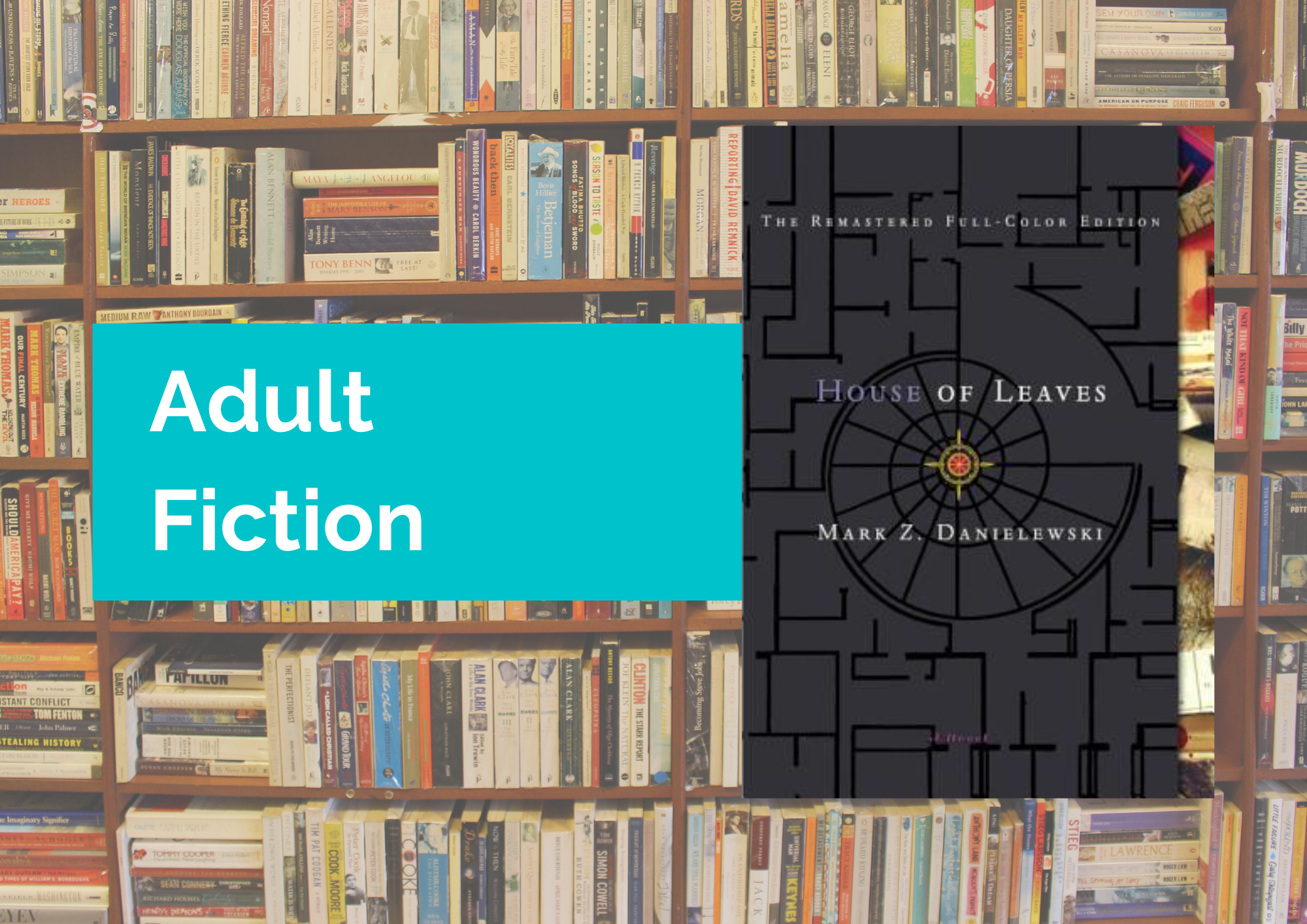
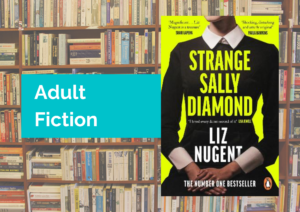
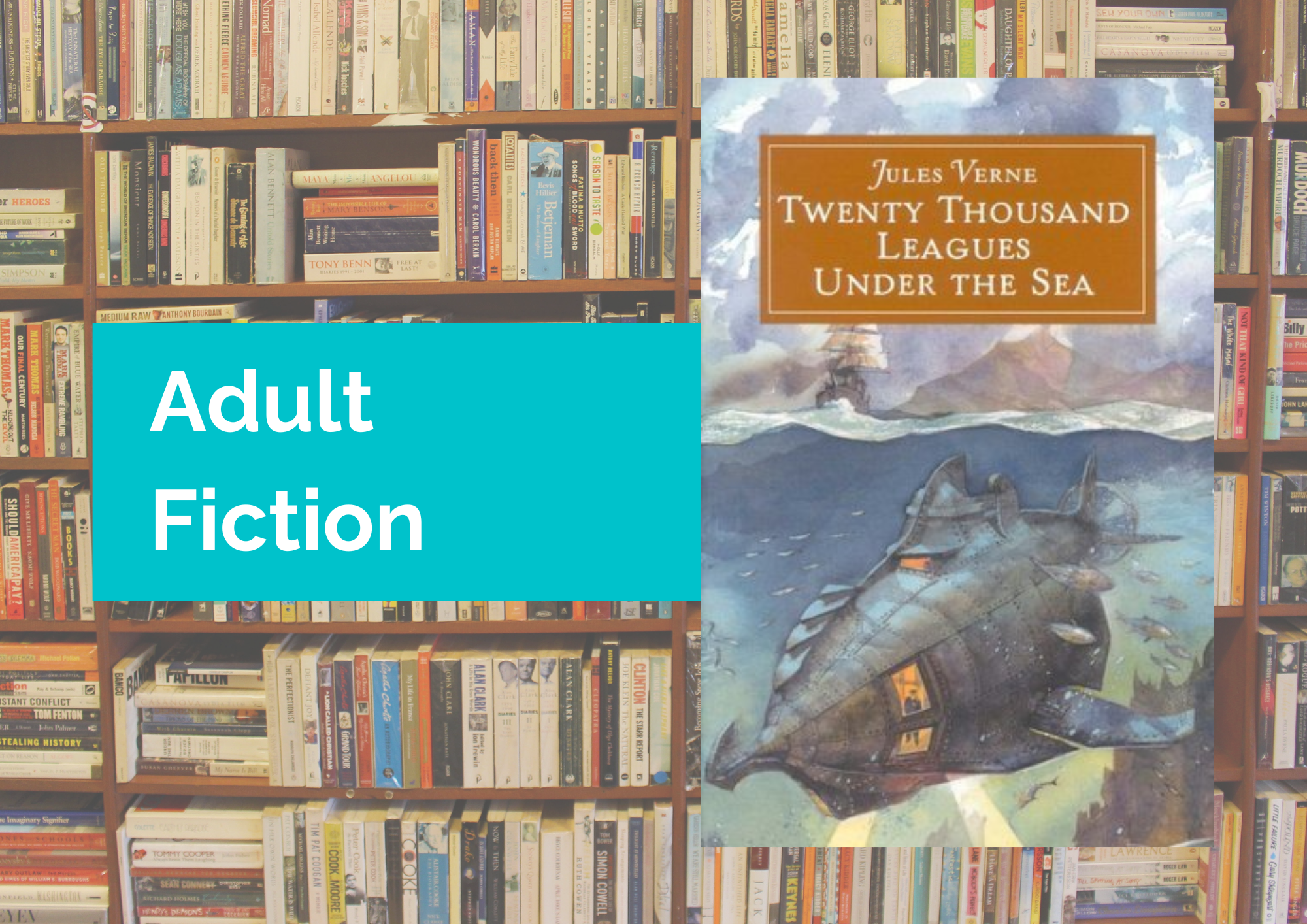
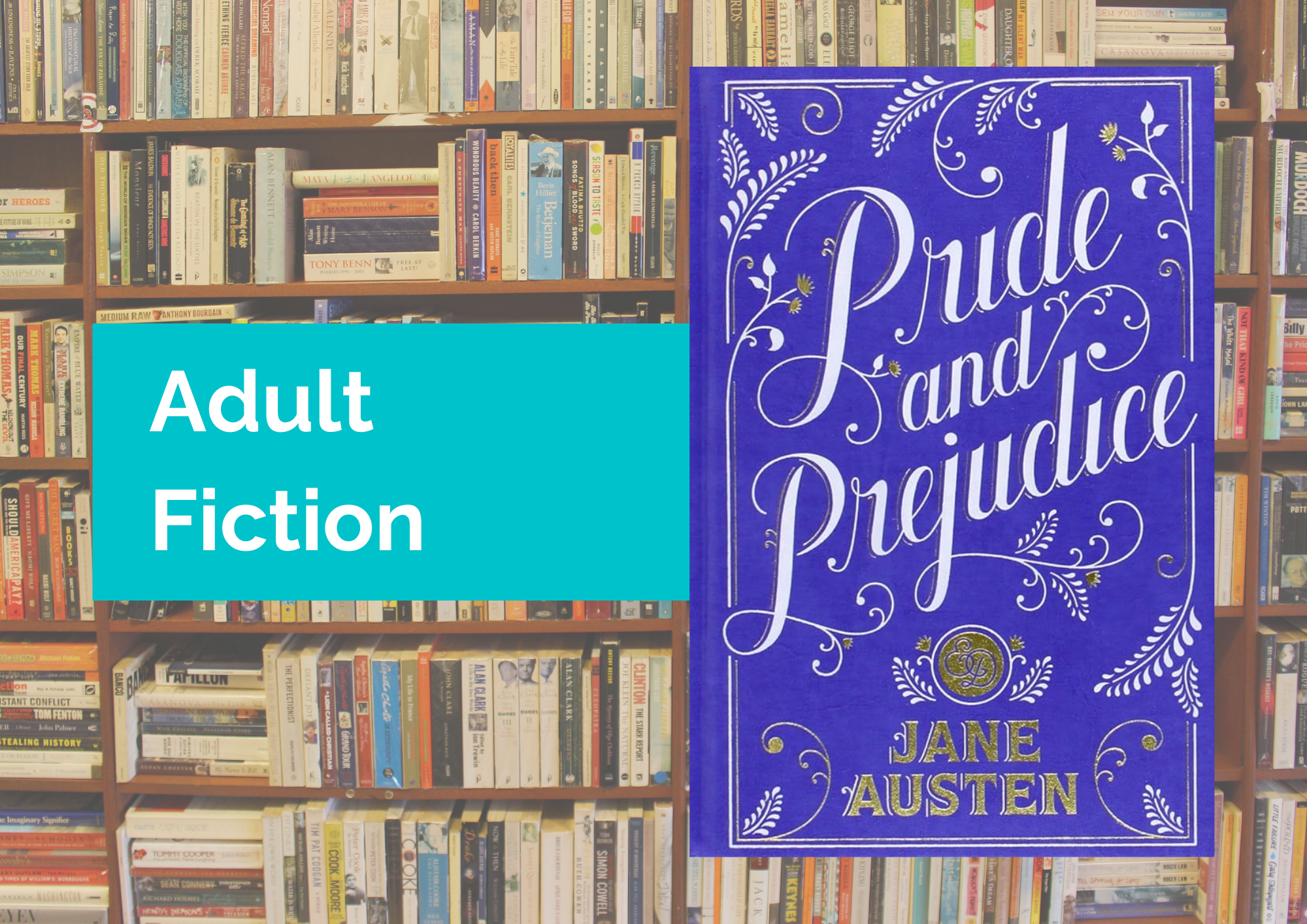


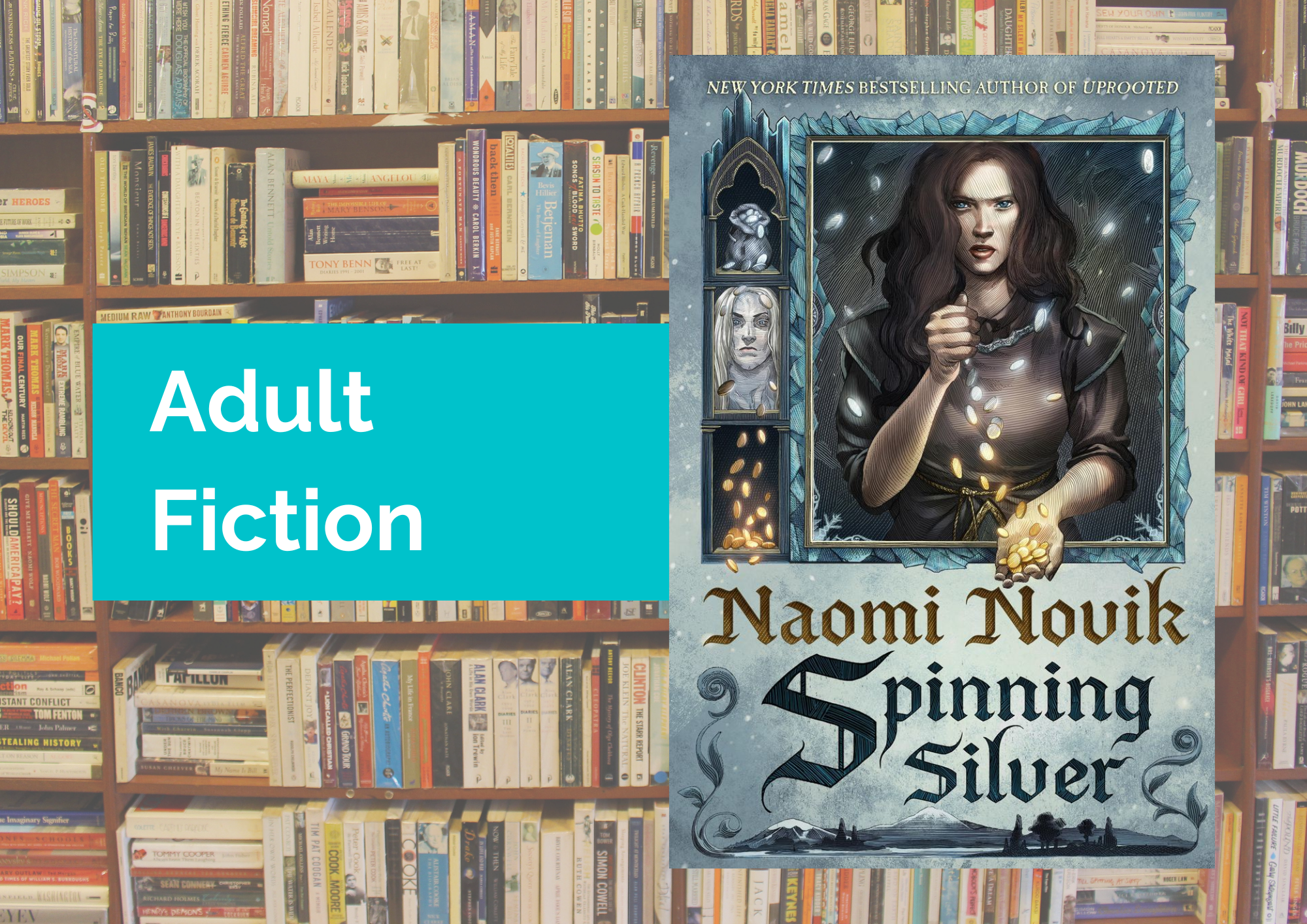
Leave a Reply